Guada’s Chocolate Alfajores from Argentina
- September 2023
- By Dylan Weinert
- Recipe from Argentina
-
- (21)

Alfajores are Argentina’s legendary sweet snack, loved for their richness and simplicity. This cookie sandwich is a staple in most homes and, I can confidentally say, in all Argentine bakeries. I asked my mother how often was served alfajores when she was growing up there, and her response was an emphatic: “Whenever I was lucky.”
As in all Latino cultures, family and community are central to life in Argentina, and the alfajor is a symbol of so many of our traditions and values. For example, the alfajor is the go-to offering from parent to child as a tender treat, host to guest as a sign of companionship, and baker to customer in appreciation for their order and continued business. Alfajores are beloved in and beyond Argentina (including, when I’m lucky) at our home in Chicago on big occasions. They’re the traditional companion to a post-dinner espresso, special treat at family gatherings, and most luxuriously, sweet sabor with a morning coffee.

Mom and I were recently craving chocolate alfajores, so we Zoomed with my cousin Guadalupe “Guada” Ferreyra, who owns a bakery near Buenos Aires, for a lesson in how to make our family-famous recipe.
What Are Alfajores?
This distinctive cookie sandwich is the marriage of two shortbread cookies surrounding a healthy serving of dulce de leche. Also called manjar, dulce de leche is a soft, sugary spread similar to caramel, though it’s made with milk instead of water. It has a smoother and silkier consistency and is ever so slightly less viscous (owing to leche being the central ingredient). For this chocolate alfajores recipe, you can make it yourself, with your choice of one of these three ways (easy, medium and hard) for the dulce filling. Or you can go for store-bought. That’s what Guada does. She says she buys dulce de leche wholesale for her bakery, though she likes to make a batch at home every once in a very rare while.
Like so many things Argentine, the history of this iconic cookie originated in Spain before crossing the Atlantic to South America. The alfajor found its way to Spain courtesy of the Moors, who brought their al-hasu baking method starting in the year 711. “Al-hasu” in Arabic translates to “filling“ or “stuffing.”
Other popular treats baked in this sandwich style, often reserved for religious occasions, were “alajus,” cylindrical confections filled with honey, almonds and hazelnuts. They were baked into elongated flower shapes and coated in syrup, sugar, and cinnamon. Traditionally wrapped in ornate, brightly colorful paper, the alaju was especially renowned in Medina Sidonia — today a tiny city in Andalusian region just North of Gibraltar — which became the baking capital of the Arab world.
The Spanish adopted this Moorish baking technique in their own kitchens, eventually replacing the nuts and honey with dulce de leche. The alfajor as we know it was born. In a nod to its Moorish past, Argentina’s alfajores today are still sold in shiny gold or silver paper packaging. Gold indicates the shortbread cookie is coated with chocolate. Silver means it’s dusted with powdered sugar in lieu of chocolate. Regardless, dulce de leche is the only appropriate filling, according to journalist Fatima Fernandez’s reporting in the Spanish newspaper Diario de Sevilla.

Calling Home to Argentina for Guada’s Recipe
My parents and I live in the Chicago area today, but most of our family is based in San Martin, a suburb of Buenos Aires, which is where my cousin Guada learned to bake as a kid. Today, Guada is a pastelera, cocinera, and co-owner of Astro Cena, a restaurant and bakery in the historic city of Gualeguaychu, just north of Buenos Aires. Guada added her own delicioso spin to her bakery’s alfajores, which sell out every week, she proudly reports. Her alfajores don’t last long in Mom’s or my home, either.
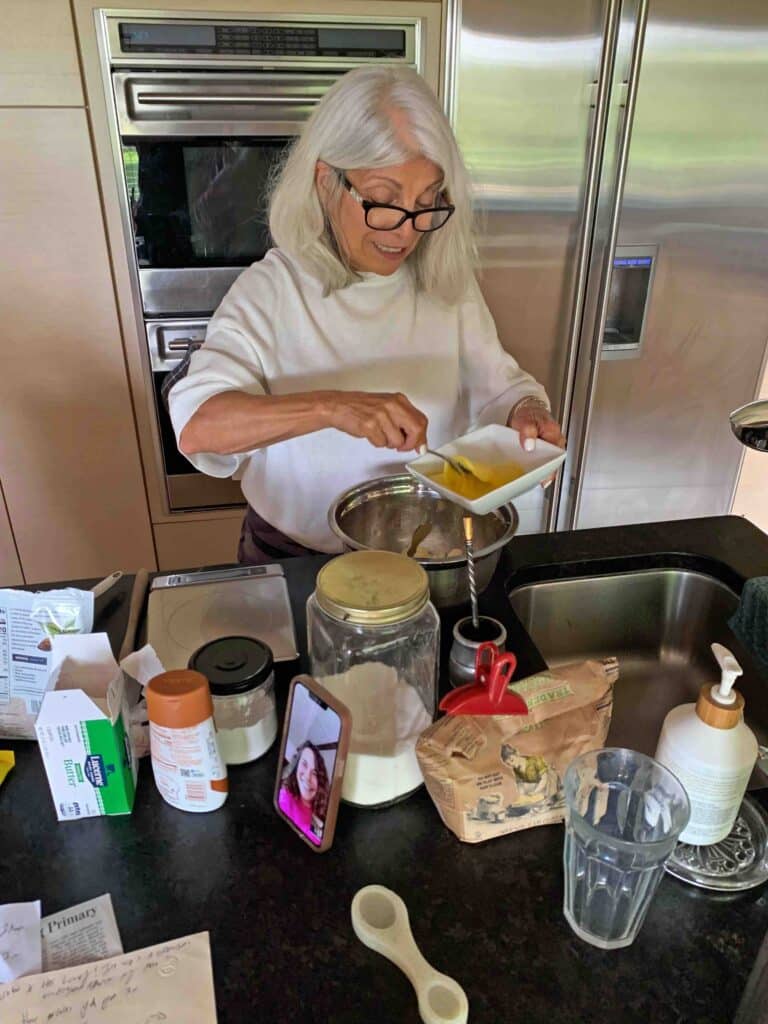
Guada started baking when she was just 10 years old with our grandmother, who cut a determined (and likely bossy) figure in the kitchen. Guada’s early culinary adventures with our abuela included brownies, homemade ice cream with melted chocolate, and of course, alfajores. The basis of this recipe originated from those days, including its three secret steps, which Guada says are unique to our family. These include: 1) the use of freshly squeezed lemon juice, 2) the addition of extra sugar, and 3) the method of preparing the chocolate dough.
I have been eating these chocolate alfajores since I was a kid, and to this day can’t (and won’t) stop at just one whenever they are around. It was such a joy baking these with Guada over Zoom and Mom in my childhood home kitchen. I hope you enjoy them as much as our family does!
Ready to Make Our Family’s Recipe for Chocolate Alfajores?
Like This


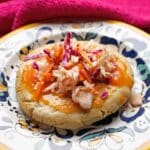
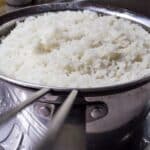
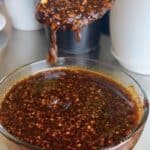
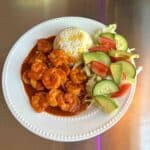
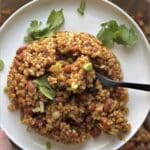
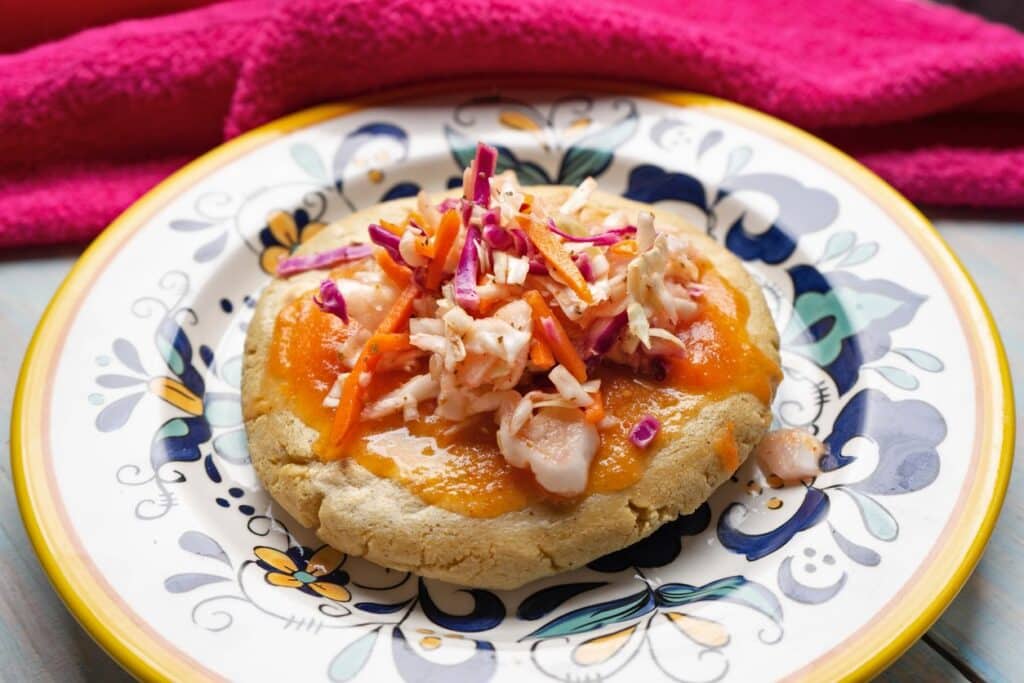
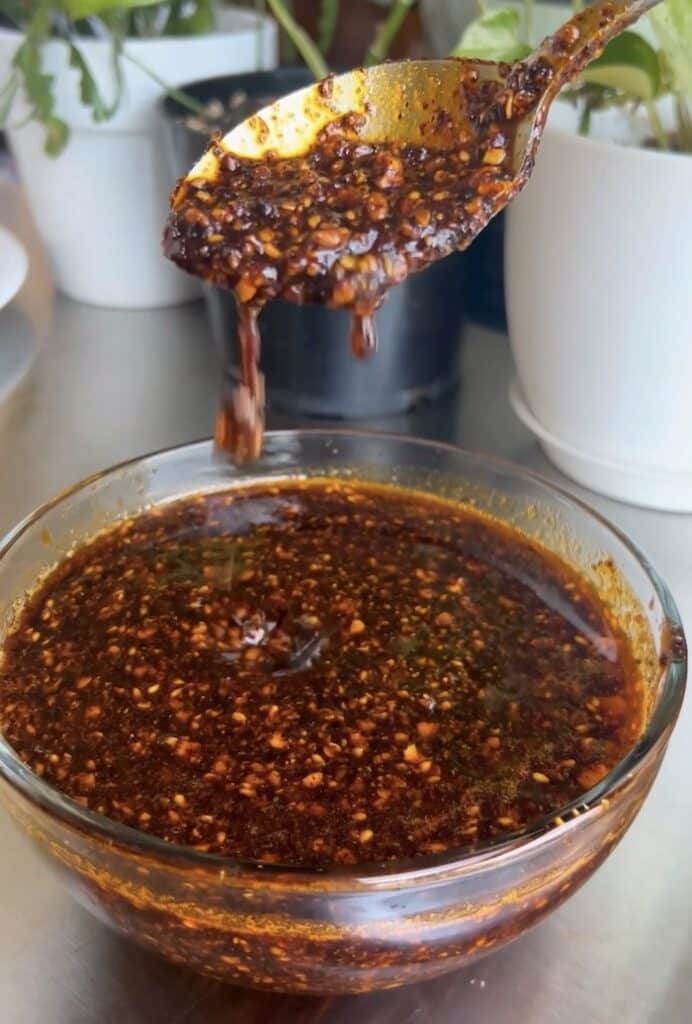
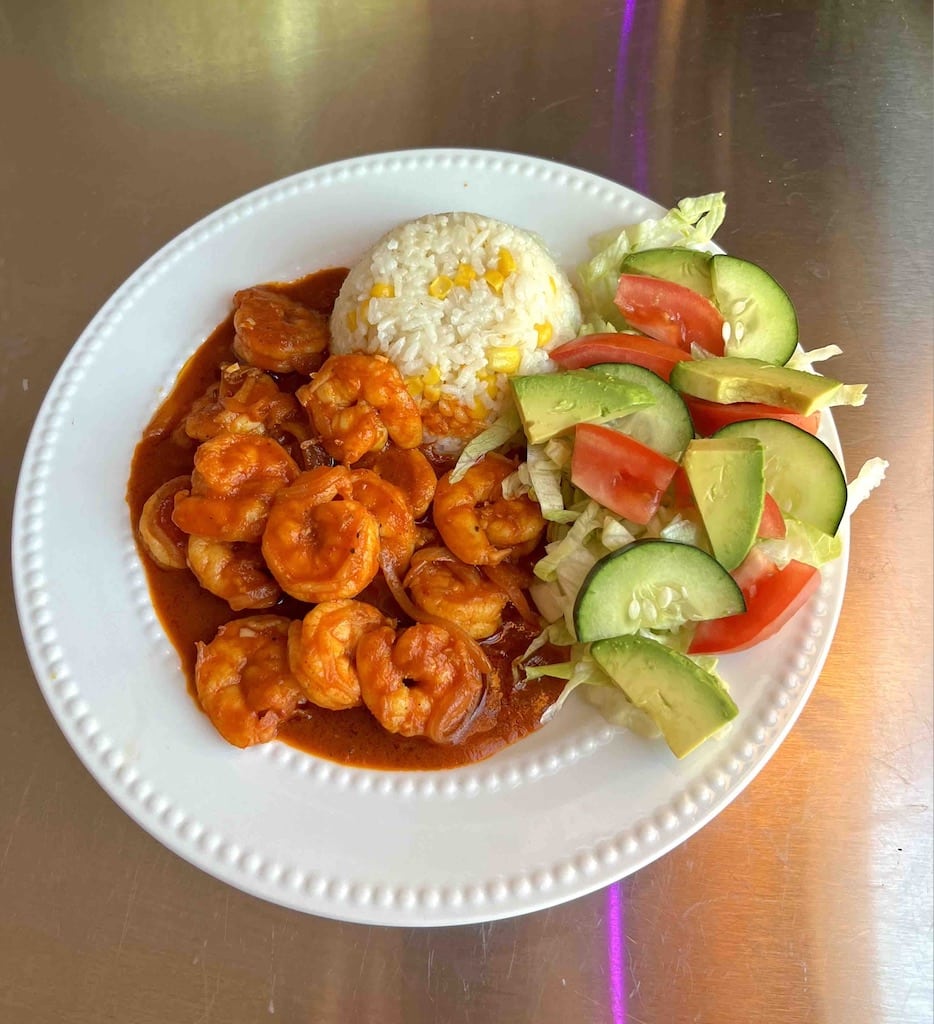
Got a question or suggestion?
Please rate this recipe and leave any tips, substitutions, or Qs you have!